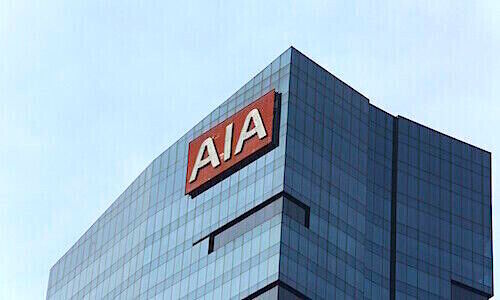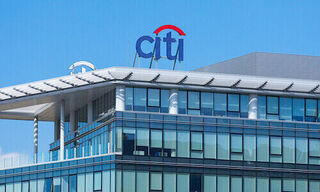HSBC’s regional head of commercial banking Noel Quinn recently outlined his overview on the future for the Association of Southeast Nations or ASEAN. As a block of consumers with a young population the union has potentially great power. Below Quinn offers his view on the challenges ahead.
Southeast Asia has long been a promising but disparate collection of smaller markets, but that is rapidly changing. Economic cooperation is set to reach a new level on 31 December 2015 with the creation of a new economic community across the Association of Southeast Asian Nations (ASEAN).
A single market encompassing 10 member states has the potential to create new growth and opportunities for regional and international investors. ASEAN represents a market of 640 million people with a combined GDP of USD2.4 trillion. If it were a nation it would already be the world’s seventh largest economy, 25 per cent larger than India.
The region is very diverse, which makes it harder to create a single market. GDP per capita in Singapore, ASEAN’s richest member, is more than 20 times that of Myanmar, its poorest, according to the Asian Development Bank.
The bloc embraces everything from an absolute monarchy to nations with roots in communism and all members will have to agree on measures before they can be implemented.
But the region’s diversity is also an opportunity for growth. The member states include producers of commodities and consumers of commodities; they have complementary industries, skills and strengths, and they share a clear understanding that cooperation could help them compete with the world.
While member states have made progress towards integration, several issues still need to be resolved. Negotiations continue over the rules on trade in food products and the liberalisation of key service sectors, for example. The final steps to a common market will be the hardest because they have the most impact on domestic interests, but they will also be the most important.
Member states need to keep up the pressure to dismantle tariffs and harmonise rules. This would enable goods, services and capital to flow freely, help companies to draw on talent and make it easier for nations to pool assets for vital infrastructure investments. Without significantly more investment in the roads, railways and ports that make trade possible, the dream of an ASEAN economic powerhouse will never be fully realised.
The need for more and better infrastructure is widely recognised, but the region is struggling to find a sustainable way to pay for it. Asia has traditionally relied on bank loans for the bulk of its financing needs, but the scale of demand means that this will not be enough. ASEAN needs deeper, better-connected and more efficient local debt and equity capital markets, helping transform savings into investment for the future, powering the region’s next phase of growth.
The vision for the Asian economic community is of a region connected physically, commercially and financially. Member states can be proud of the progress they have made towards that goal, but continued efforts will be needed to make it a reality.




















